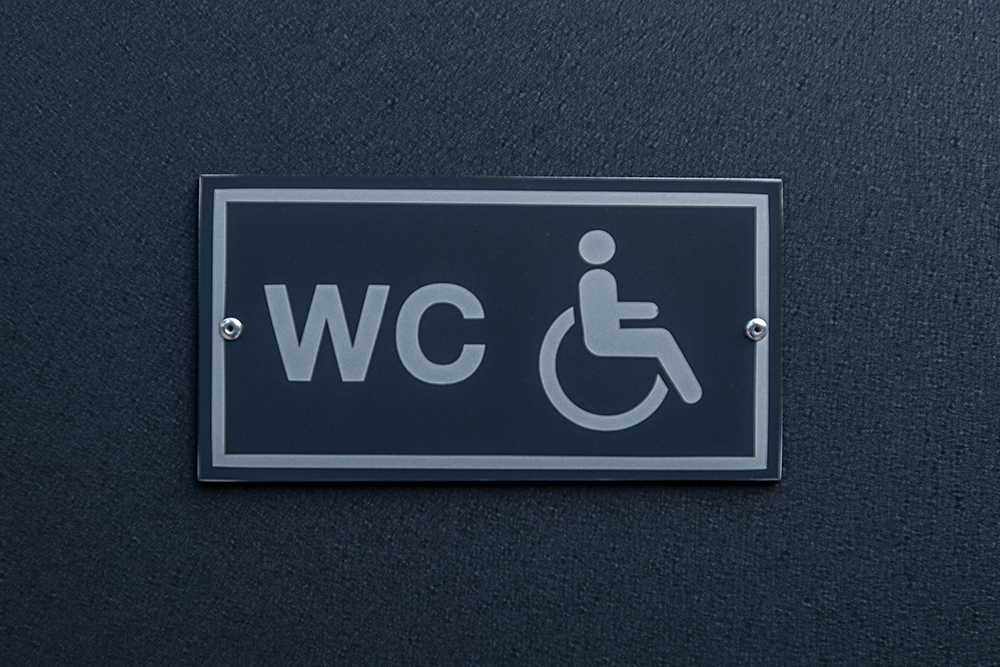What is Inclusive Design?
The British Standards Institute (2005) defines inclusive design as: “The design of mainstream products and/or services that are accessible to, and usable by, as many people as reasonably possible.”
Each and every decision made throughout the design process has the potential to include or exclude potential customers. Individuals are widely diverse in regard to their circumstances, capability, language, culture, gender, age, and other characteristics. As such, having a ‘one size fits all’ approach to design, will inevitably isolate groups of people and hinder their experiences.
Inclusive design highlights this understanding of user diversity and the influence it has on making important design decisions. Effective decisions have the ability to lower inadvertent barriers, which ultimately exclude people from using various products and services efficiently. By utilising inclusive design methodology and identifying with diverse groups of people, designers can create products and services that are accessible to all.
Built Environment and Inclusive Design
Inclusive design in the built environment, is the process of designing, building, and managing places or facilities, to ensure that they are accessible for as many different groups of people as possible.
These decisions can have a positive impact on factors beyond the sole limitations of physical accessibility. Inclusive design has the capacity to enhance a sense of belonging, increase feelings of security, broaden boundaries, promote mobility, and improve health and safety. The essence of inclusion is the ability to create a welcoming environment where individuals feel seen, accepted, and fully supported.
To achieve the best results, ‘inclusive design’ must be considered from the earliest stages in the design process. The later it is addressed, the scarcer the options and the greater the risk of lost opportunities. This can lead to a design that fundamentally fails to meet the needs of the people it’s intended for and may result in costly retrofits.
Fire Safety and Inclusive Design
The UK is recognised as a world leader in inclusive design with some of the best support and guidance available. The British Standard BS 8300 offers advice on “best practice” for making buildings more accessible and welcoming to disabled people.
The most valuable element of BS 8300 is that it offers design solutions that extend beyond statutory planning and Building Regulations’ requirements.
BS 8300 offers the technical guidance and recommendations that prevent discrimination through comprehensive design solutions for a whole range of disabled access scenarios.
An environment that is designed to be inclusive promotes equality and makes life significantly easier and far safer for everyone.





